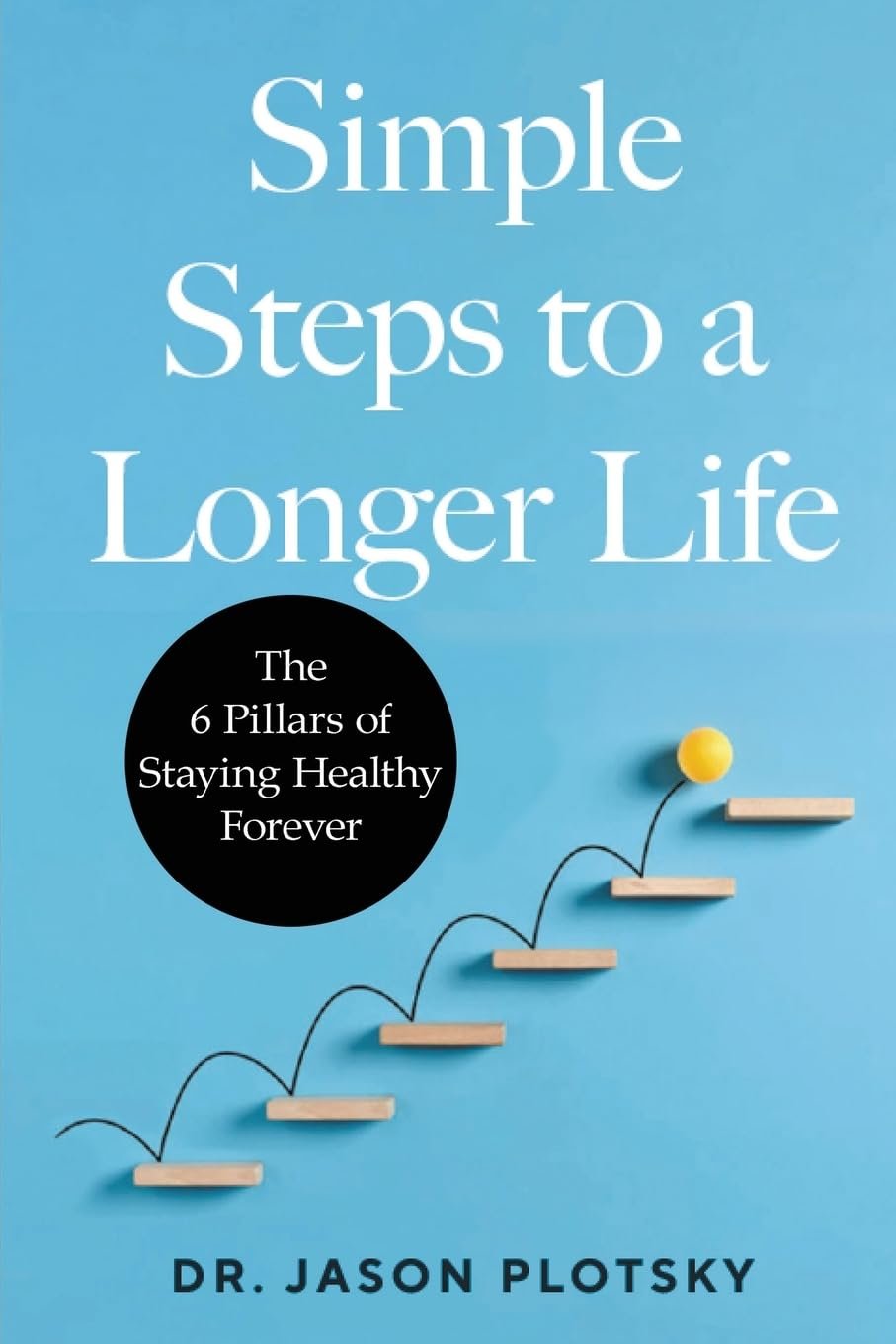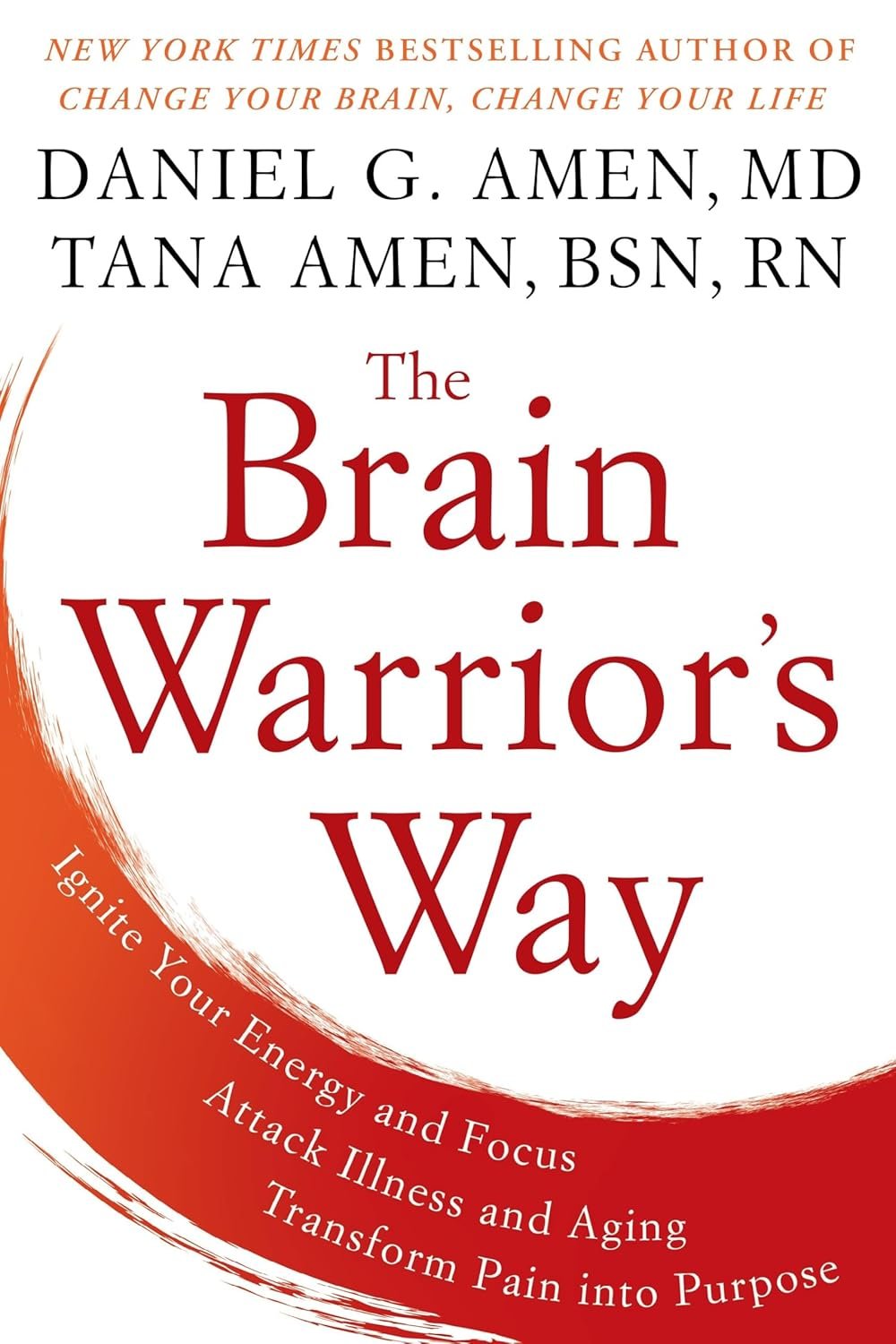
Want to speed up the aging process and damage your long-term health? Have we got just the thing for you!
By Jeanne Dorin McDowell
Aging is a one-way street, and we all travel down its path. But what if you could do one thing today that would slow your body’s aging process?
You can. You can stop eating sugar.
“Sugar is a primary driver of the aging reaction,” says neuroendocrinologist Robert Lustig M. D., professor emeritus of pediatrics and a member of the Institute of Health Policy Studies at the University of California San Francisco. “The more sugar you eat, the quicker the aging will occur. As you get older your cells go downhill, but if you consume a lot of sugar, they go downhill seven times faster.”
Let’s repeat the statistic: Eating a lot of sugar causes your body to age at seven times its natural rate.
We all know that sugar is bad for your teeth and your waistline and that it plays a role in the development of diabetes. But that’s just the beginning of the story. In a study published last July, researchers at UCSF looked at 342 middle-aged women and found the cells, tissues and overall systems of those who followed a diet low in added sugar were biologically younger than their actual age. But for each additional gram of added sugar people ate each day, they were about seven days older than their biological age — regardless of how healthy their diet was otherwise.
“We knew that high levels of added sugars are linked to worsen metabolic health and early disease, possibly more than any other dietary factor,” Elissa Epel, vice chair in the department of Psychiatry and Behavioral Sciences at USCF and co-author of the JAMA Network Open study, said in the statement. “Now we know that accelerated epigenetic aging is underlying this relationship, and that this is likely one of the many ways that excessive sugar intake limits healthy longevity.”
“Epigenetic aging” refers to how your body ages based on external factors beyond just the calendar and the natural occurrences that come with it. Stress, pollution a lack of exercise and poor diet are all factors in the epigenetic aging. But added sugar may be the unique among these factors, an aging superpower. And the less you have of it in your life, the better.
What is added sugar?
The sugars that occur naturally in fruits. vegetables grains and dairy are essential to a healthy diet, providing energy and acting as a delivery service for thousands of nutrients in these foods. Indeed, they’ve been found to reduce the risk of chronic diseases such as diabetes, heart disease and even some cancers.
Added sugars, on the other hand, are the compounds that humans put into their food — from spoonful of sugar in your coffee to the factory-made sweeteners manufacturers add to processed foods to increase flavor and extend its shelf life. These are the sugars that are harmful and accelerate aging. On Food labels they are often the ingredients ending in “ose,” such high-fructose corn syrup, sucrose, dextrose and maltose, among others.
“Natural” sweeteners can have the same age promoting effects: Cane sugar is almost entirely sucrose. Agave is mostly fructose.
Fructose maybe more harmful than any other sugar molecules because it is primarily metabolized by the liver, where it is readily converted into fat, in excessive amounts, it leads to increase fat accumulation and scarring in the liver. Manufacturers are now required to document added sugars on food labels, so there’s an obvious tip-off if the product contains harmful sugar.
Think of added sugars the way you think of alcohol: The extent of damage to your body is proportionate to the amount you consume, what scientist call “dose dependent.” Every gram of sugar interacts with your body in some way, Lustig says, but it’s the cumulative impact that portends the most damage and drives accelerated aging.
What sugar really does to your body
When sugar molecules bind to proteins and lipids in the body, they form harmful compounds called advanced glycation end products (AGEs). These AGEs accumulate in the tissues, reducing their plasticity and flexibility, increasing inflammation, and creating oxidative stress in cells — all of which produce diseases, says Monica Serra, a health scientist administrator for the National Institute on Aging. In blood vessels and arteries, they can increase the risk of heart disease or strokes. In the kidneys, they can contribute to insulin resistance, and in the skin, they can deplete collagen and add to the appearance of aging.
“They affect every tissue in a negative way and a cross your entire lifespan, which is why we try to emphasize healthy habits in childhood,” says Serra. “By the time you get older, you see the impact of these dietary choices, at a time when you have less resilience.”
This is where fructose does its worse damage, says Lustig. “Every time glucose or fructose binds with a protein, you get an oxygen radical. If your body is making radicals faster than you can quench them, your cells undergo damage, and they eventually die. Fructose makes the reaction occur seven times faster and generates 100 times the number of oxygen radicals as glucose. Every time this process occurs, you age faster.”
How Sugar Ages You
Sugar places increased burden on an already aging body, says Dorothy Chiu, a postdoctoral scholar at the UCSF Osher Center for Integrative Health and coauthor of The UCSF study. Getting older puts us at greater risk for disease she says, but “sugar is the. icing on the cake.” Here’s what sugar can do:
Raise dementia risk. Excessive amounts of sugar can increase inflammation and weaken the blood-brain barrier, which can trigger cognitive decline. Serra says. In one study, researchers found that in older adults (average age 79), consuming more sugar may double the risk of developing dementia later in life. “People at the highest risk got 32 percent of their calories from sugar versus the low group consuming only 17 percent of calories from sugar,” says Puja Agarwal, assistant professor of internal medicine at the Rush Alzheimer’s Disease Center at Rush University Medical Center and lead author of the study. ”This study tells us consuming higher sugar or calories from sugar may impact risk for dementia.”
Where Added Sugar Lurks
Much of the sugar we east doesn’t come from ice cream and cake. It comes from everyday foods that we don’t associate with sweetness. Here’s a (partial) list of sneaky sugar sources, according to the Centers for Disease Control and Prevention.
Condiments Sauces Flavored yogurt
(such as ketchup & salad dressings) (pasta sauces & barbecue sauce) (especially low-fat yogurt)
Granola, Nut butters
(instant oatmeal, & breakfast cereals) (such as peanut butter)
Make your belly bigger. When you eat excessive sugar, your liver metabolizes the fructose compound and converts it into fat, which accumulates in the liver. You gain weight when your liver stores excess fat instead of burning it off as energy. Fat accumulation can lead to higher cholesterol insulin resistance and cardiovascular disease.
Hamper your nutritional status. As we get older, our need for calories declines so to maintain the same body weight we need to eat less says Alice H. Lichtenstein, senior scientist at the Jean Mayer USDA Human Nutrition Research Center on Aging at Tufts University. “Consuming a diet high in sugar makes it challenging to also include enough healthy foods so that we balance calorie needs and meet our nutrients needs.”
Damage your liver. High sugar intake, especially fructose, can lead to nonalcoholic fatty liver disease, which is an excessive amount of fat in the liver that is associated with an increased risk of developing liver cancer.
Increase your risk of heart disease. Added sugar can elevate your blood pressure, promote chronic inflammation and increase levels of triglycerides, a type of fat that builds up in the bloodstream and increases your risk of heart disease. Excessive sugar intake damages the arteries and puts stress on the heart.
Up your diabetes risk. Sugar causes rampant spikes and blood sugar levels, which can contribute to insulin is resistance, a precursor to type 2 diabetes, and drives other major chronic diseases in older adults. In addition to aging and stress, sugar “can wreak havoc on insulin sensitivity and through various pathways accelerate aging in the body‘s systems.” Says UCSF’s Epel. ”This is one of the most important metrics of health and aging.”
Worsen menopause symptoms. Postmenopausal women are more vulnerable to the effects of sugar because they have lower levels of estrogen and progesterone and become more insulin resistant. Some studies show that high sugar levels are also associated with more hot flashes in menopausal women. It may be because they cause spikes in blood sugar and dramatic drops. “It’s reasonable to conclude that reducing sugar may help reduce hot flashes for some individuals, but it has not been tested, Epel adds.
Promote tooth loss. Sugar can foster bacterial growth in the mouth, which in turn, can produce acid that erodes the enamel on your teeth, causing cavities. Excess sugar can also lead to inflammation of the gums, leading to gum recession and tooth loss.
Bottom line: The occasional sugar indulgence isn’t harmful, but “be selective and only indulge when the option is your favorite.” Lichtenstein says. So yes, have the slice of birthday cake. But don’t have a party every day, OK?
Please consider supporting open, independent journalism – no contribution is too small!

Do you want to slow the aging process? How about enjoying more energy, sleeping deeper, and reducing your stress? We all want to feel better, but sometimes it can feel overwhelming trying to decide where to start. Fortunately, this book can help.

New York Times bestselling authors Dr. Daniel Amen and Tana Amen are ready to lead you to victory…The Brain Warrior’s Way is your arsenal to win the fight to live a better life. The Amens will guide you through the process, and give you the tools to take control. So if you’re serious about your health, either out of desire or necessity, it’s time to arm yourself and head into battle.
This post contains affiliate links, which means a small commission may be earned if a purchase is made through them, at no extra cost to you.











I see inconsistent use of fructose and sucrose here. I also am unwilling to assume correctness of the 7x factor. Where is this in a peer-review process?
How would I find the alternative to added sugar?
Carl, what food items are you eating that need sugar? I sometimes eat a medjool date. The items recommend by the commenter below are considered added sugar, which I would stay away from. Maple syrup is an added sugar in the form of primarily sucrose. It’s like white sugar. Agave is mostly fructose. Another no no. Honey is primarily glucose and fructose.
Carl, according to Google: To find alternatives to added sugar, consider using natural sweeteners like honey, maple syrup, and agave nectar, or explore sugar substitutes like erythritol, stevia, or monk fruit. You can also incorporate more fruit into your diet to naturally sweeten foods and drinks.
Yikes! This article was so full of misspellings and incorrectly used or missing words, I question the validity of the content, even though as a devoted “foodie”, I know most of it to be true. As a writer myself, I love to support independent journalism, but please at least use an online editor like Grammarly or ProWritingAid.
Thank you for pointing out the misspellings and misused or missing words. This piece represented a significant breakdown in our quality control process, and we take full responsibility. It’s a lesson we’ve taken to heart.
We understand how difficult it can be to trust the content when it contains so many errors. That said, we want to assure you that the science itself is accurate.
We truly value your continued support and welcome any future comments or feedback. Please don’t hesitate to stay in touch—we’re committed to doing better.